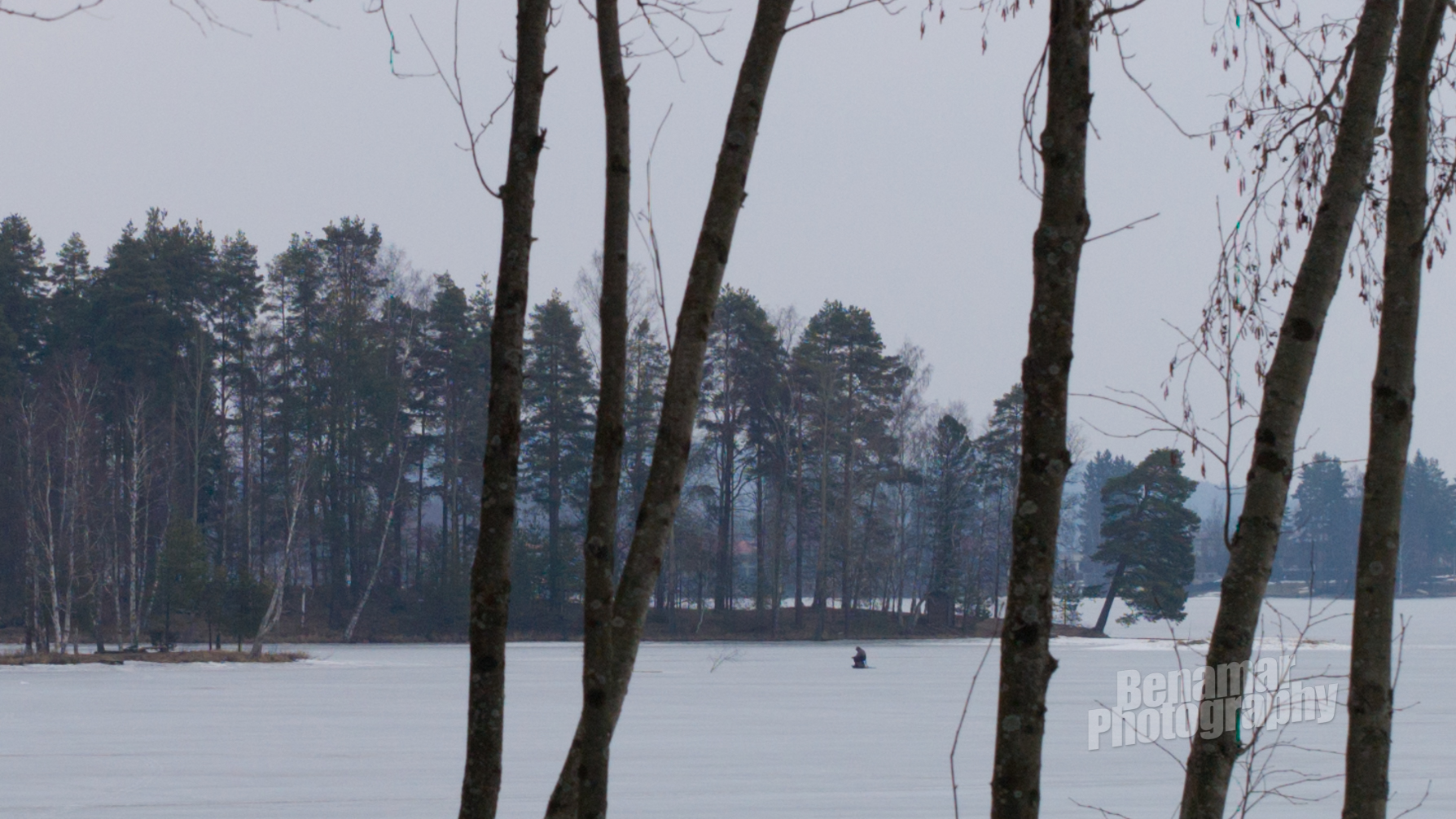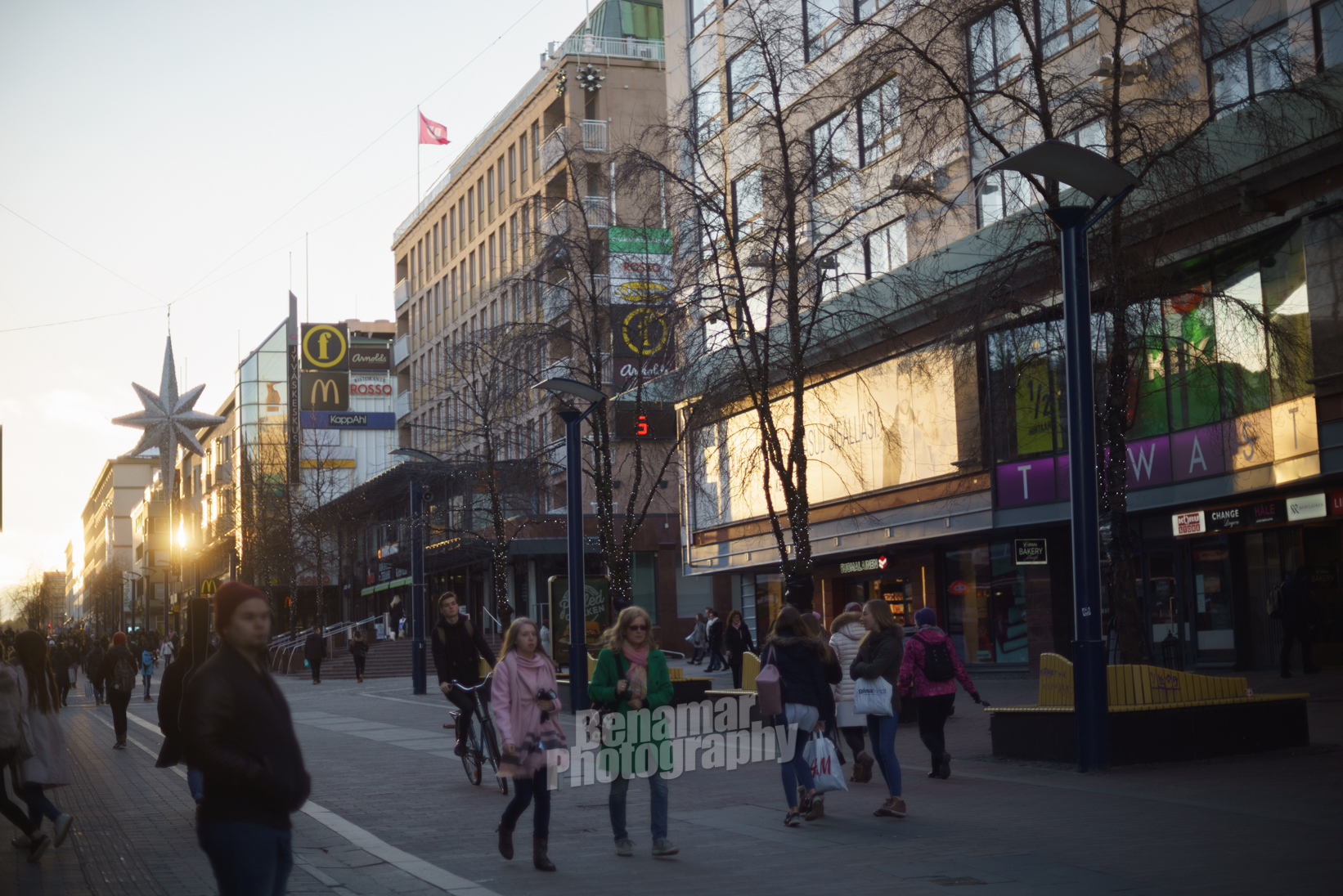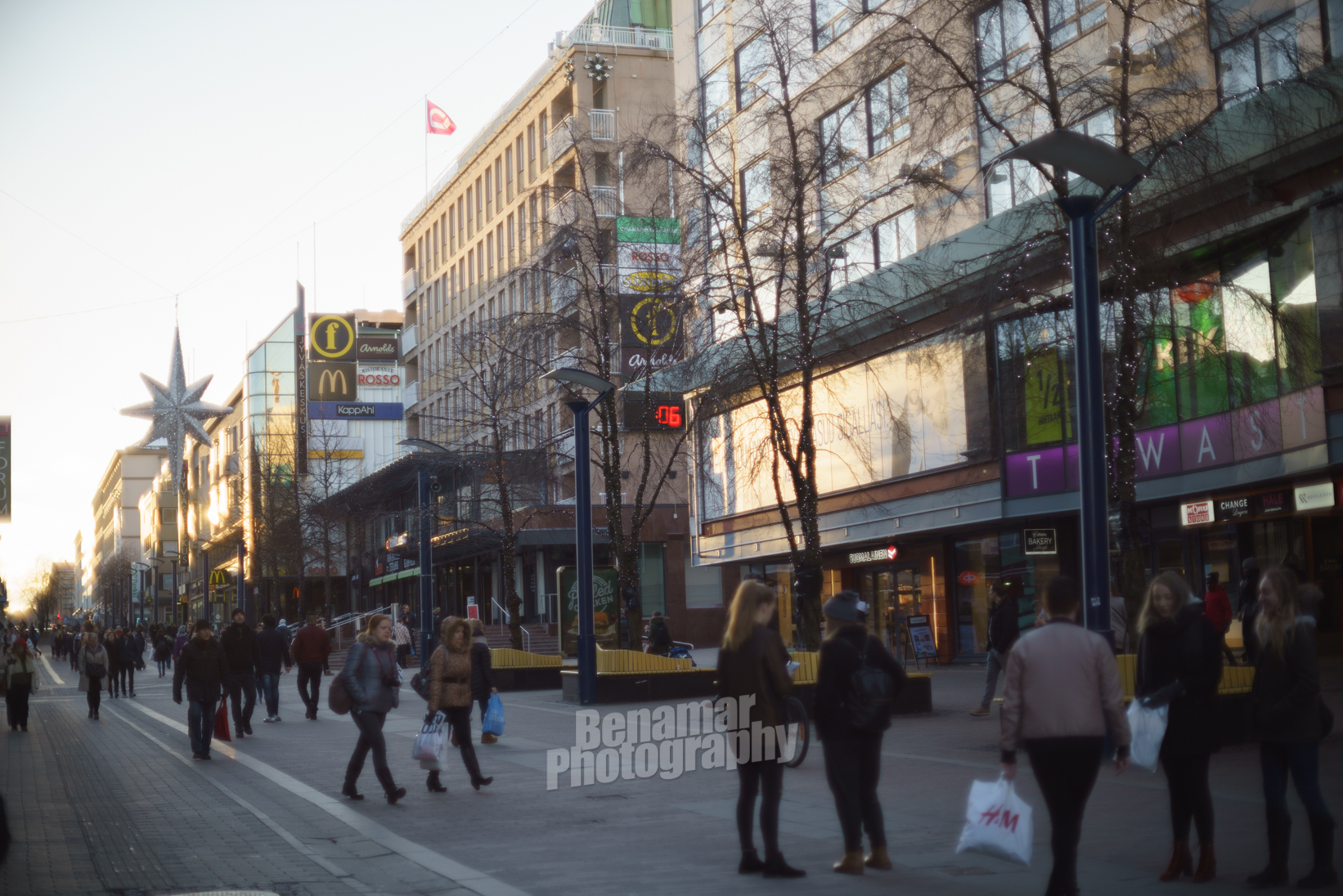
A while ago I decided to do a comparison shoot with four different vintage lenses. The aim was not to make excellent photos, but just to shoot the same thing with same settings and compare the results. The lenses used were:
- Canon FD 50 mm F1.4
- Minolta MC Rokkor-X PG 50 mm F1.4
- SMC Takumar 50 mm F1.4
- Leica Summicron-R 50 mm F2.0
- Leica Summilux-M 50 mm F1.5 ASPH.
with Leica M9
All of these lenses were shot wide open at F1.4 except the Summicron, which was at F2.0. This is because all vintage lenses look more or less the same at F5.6 or F8.0 which I should have used on the street scene if I were shooting the street and not just comparing the lenses. Old lenses tend to show their flaws aperture wide open, so I did not see any point in comparing these in any other setting since they’d look the same. I have a large collection of lenses, and these were chosen because of relatively low price and good quality. I have better lenses, but comparing affordable lenses is more interesting. I tried to shoot the same scene with a less affordable combination as well so you can do a little bit of comparison between very affordable lenses and not so affordable one.
The camera I used was a Sony a7R with adapters for each lens. I did not do any colour correction after shooting these lenses, so you can see the lesser quality of Sony cameras compared to Leica or Fujifilm just by looking at the white balance. If I need good quality photos from the Sony a7R
, I need to change the white balance manually for each photo. That is something I don’t have to do with any of my Fujifilm or Leica cameras. I don’t know what Sony is thinking, but all photos taken on a Sony camera are brown. A photo taken of my grey cat looked brown enough that a friend of mine asked if it’s my cat since it looks brown.
I also made a couple of comparison shots with Leica M9 and Leica Summilux-M 50 mm F1.5 ASPH. at F1.4. These are just to show that there is a difference both in cameras and in lenses when you go up the price scale. But the truth is that you can take very good photos with lenses that cost less than 100€. When I bought these lenses, they cost less than 50€ each apart from the Summilux which was over 200€. I bought the Canon FD 50 mm F1.4 from Amsterdam, and it came with Canon T70 camera and camera bag all for 40€. It once belonged to an old man who was enthusiastic about film photography, and the widow was delighted to know that the lens was going into real use like his husband would, not into a dusty collection or museum.
Why a cold street and not some nature?


It is currently winter in Finland and these were taken at the end of January. There is nothing that is green around and believe me when I say that there isn’t a lot of nice places to see at this time of the year. When the moment is right and you’re in the correct location you can get nice shots, but when there is little to no snow and everything is brown and grey, looking for something nice is challenging. It was +3 degrees celcius when we were taking these shots and Sony depleted its full battery in less than 45 minutes. I don’t know what Sony is thinking when two batteries in a battery grip last only 12 minutes in -10 celcius. My Leica M240 can shoot whole weekend with one battery and Fujifilm is no slouch either, although not nearly as nice as the Leica M240
.
First comparison
This scene was shot at walking district in the centre of Jyväskylä, Finland. I focused all lenses to a pole in the centre of the photo. Sadly the last shot with Leica M9 is not shot in the same direction as the tripod must have moved, and I did not see that in the optical viewfinder of my Leica M9. I have an adapter for M-mount lenses for Sony a7R, but the results are often so disappointing due to sensor differences that I don’t think it’s worth it using any Leica M-mount lenses on a Sony camera, it just looks wrong. Leica has a thinner layer of glass over the sensor and microlens structure to combat colour cast and vignetting. In my opinion, the Leica M240
is even better with all Leica M lenses including wide angles, so Leica has made improvements in that respect. On the other hand, Sony sensor is not designed at all for non-Sony lenses that are very close to the sensor, causing the outer edges of the image to be blurry. For example, the Summilux I used on my M9 during this test shooting is very blurry on the Sony a7R
.





Second comparison
This second scene if very near the first one to the same direction. The red granite spheres are called “Kahden kesken” and are made by Matti Peltokangas in 2003. In fact this second set was shot before the first one because of sunlight.





What did we learn?
For me it’s obvious that all these lenses are different. I can’t show the exact differences using the same scene but instead, I would have to look for a specific situation for each lens and shoot it with all lenses to show the difference. That would be too much work for something that you’ll eventually see if you purchase any of these lenses.
What was interesting is that price does not always guarantee excellent results. A high-end lens like the Leica Summilux-M 50 mm F1.5 ASPH. demands some practice because of field curvature and other features of the lens. Without particular situation where an individual lens excels, all these are very capable tools. I could have changed the captions for the lenses, and you would never know I did that. The Leica Summilux-R 50 mm F2.0 looks slightly better to my eye, but so would each of the other lenses if they were shot at F2.0 instead.
Camera differences
I have several Fujifilm cameras, but as these all have crop sensors, I decided to use a full frame camera for 50 mm lenses. Since my Leica M240 is still in Solms, Germany, I had to use my Leica M9 for comparison shots. Whenever I go taking photos, I have noticed that everything I shoot with Sony cameras is brown or somehow sad looking. I really like the more true colour balance I get from Fujifilm cameras. Leica M9 is far from neutral, but it has its own charm by having a bit of a Kodak film look, which is not a surprise since the sensor is designed and made by Kodak. Sony a7R
is good for adapting different vintage lenses, but it is not capable of using Leica M mount lenses properly because of the short flange focal distance. I know that some lenses look good, but most do not and I hate it when someone is comparing Leica lenses to Sony lenses using a Sony camera when there is a big difference in quality when you use a real Leica. Leica M240
has more neutral look compared to the M9, but sometimes the old CCD look of the M9 is just what I need.



